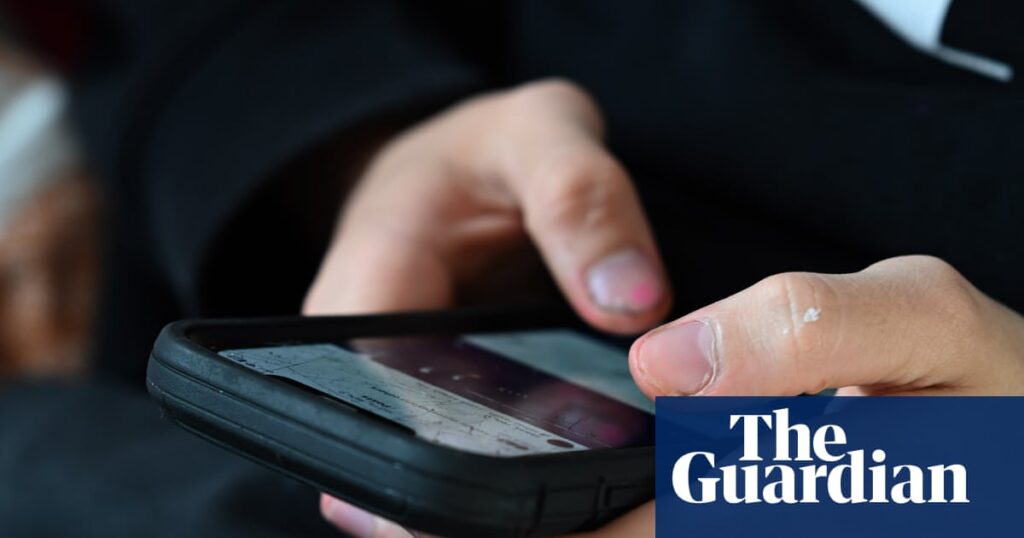
Australians may soon find themselves waiting just 40 seconds for age verification technology to confirm their eligibility to use social media. This rapid assessment is expected when the under-16s ban takes effect in December. However, the reality for many users could be far more complex and time-consuming.
The official trial of age assurance technology, whose findings were released on Sunday, revealed that facial age estimation tests—using an image of a user’s face—averaged 40 seconds. Yet, some users experienced delays ranging from 10 minutes to an hour. This is before considering the accuracy of the system’s age estimation.
The federal government and the trial report have downplayed concerns about error rates in facial age estimation. However, the report acknowledges potential errors, especially for users nearing the 16-year-old threshold. Yoti, a leading provider tested in the trial, reported an error rate of 34% for 14-year-olds and 73% for 15-year-olds, incorrectly identifying them as 16.
Technological Challenges and Privacy Concerns
This significant margin of error poses a challenge to the ban aimed at excluding 13- to 15-year-olds from social media. The report also highlights that age estimations can vary widely, particularly for non-Caucasian, female, or older users. Notably, a 12-year-old was estimated to be 85.
The report concedes that errors in age estimation technology are inevitable, suggesting fallback options for platforms. Users wrongly assessed as underage may need to provide IDs, such as passports, to access social media—a more privacy-intrusive method.
Some providers of age verification tools anticipate law enforcement might require retention of identification data, raising privacy breach concerns.
Concerns Around Wrongful Bans
What happens if someone lacks ID or cannot overcome additional hurdles to regain platform access? Communications Minister Anika Wells acknowledges the potential for wrongful bans and emphasizes the need for a swift appeals process.
However, recent experiences suggest that companies like Meta may not be responsive to user appeals. Whether these platforms will prioritize appeals related to age verification remains uncertain.
In media interviews on Monday, Wells highlighted “age inference” as a less invasive method. Social media companies already collect vast user data, potentially allowing them to deduce user ages. For instance, a user who joined Facebook during the Kevin ‘07 era would likely exceed the age cut-off.
Behavioral Indicators
Behavioral cues also play a role. Interacting with retirees about caravanning might indicate an older user, while discussing Kpop Demon Hunters with teenagers suggests a younger age. Ideally, platforms will predominantly use this method, unnoticed by most adults.
However, smaller providers or those avoiding extensive data collection may need alternative methods. Some might opt out of Australia entirely. Twitter-X alternative Bluesky recently blocked users in Mississippi due to similar legislation, citing costs and resource limitations.
Future Implications and Industry Response
Bluesky’s stance on Australia remains unclear, but smaller companies might choose to exit the market rather than face compliance costs or fines up to $50 million. This development underscores the broader implications of the under-16s ban on social media access and privacy.
As the December deadline approaches, the effectiveness and fairness of age verification technology will be closely scrutinized. The balance between protecting young users and preserving privacy rights will remain a critical issue for policymakers and tech companies alike.





